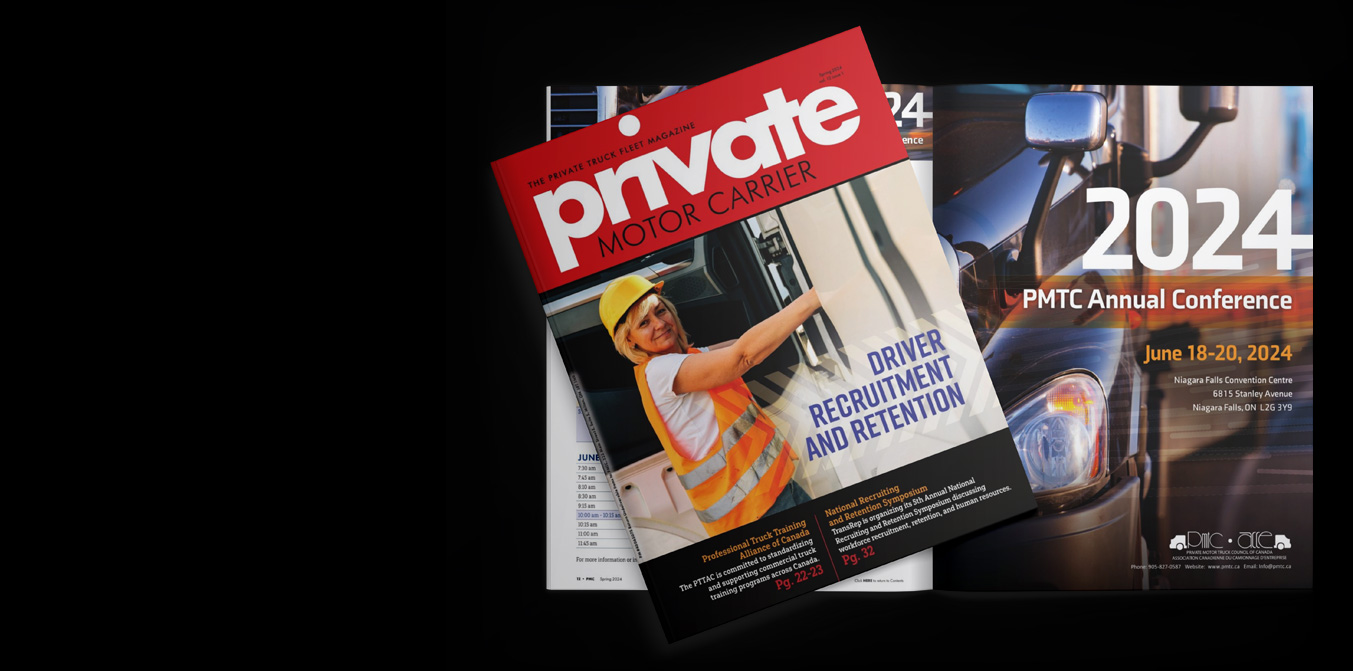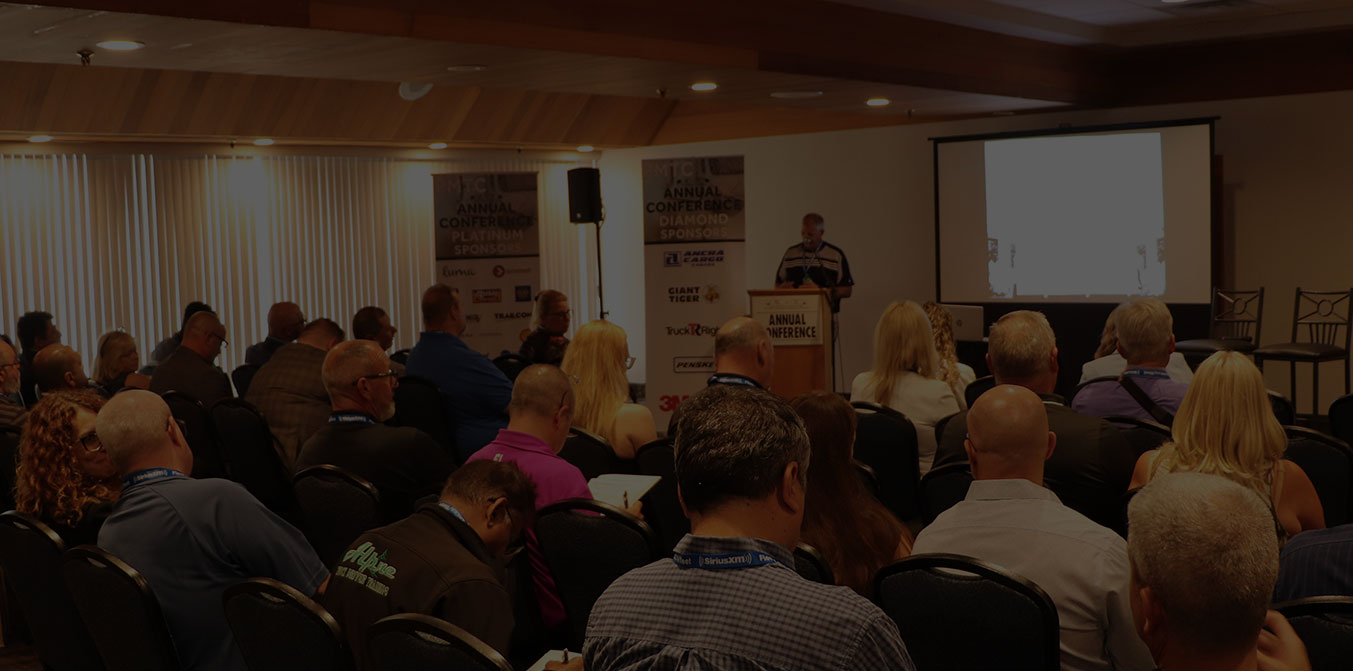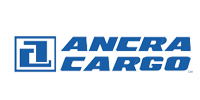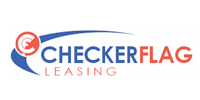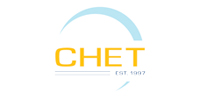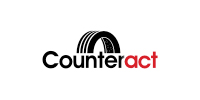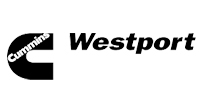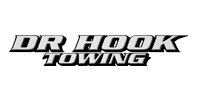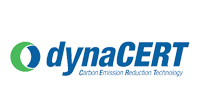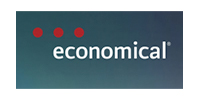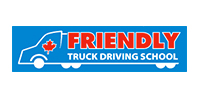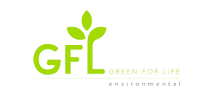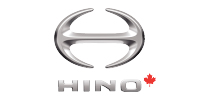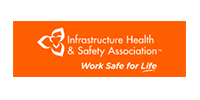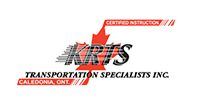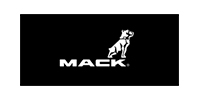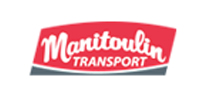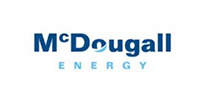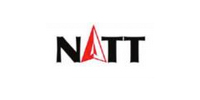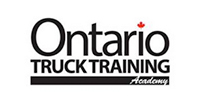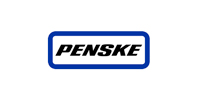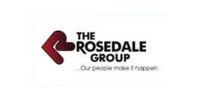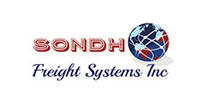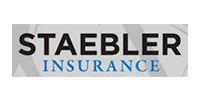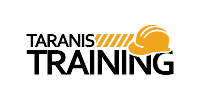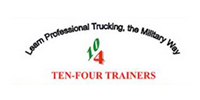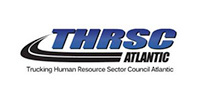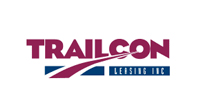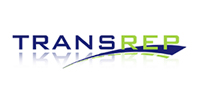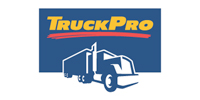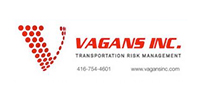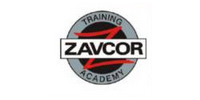Why should we even worry about environmental spills? What is a Toxic Tort Lawyer?
In the past these spills were left to dilute with time, not to mention that the legislation didn’t force many clean ups. The reality today is that there are much stricter regulations and increasingly diligent enforcement to protect the environment. This now requires trucking firms to have policies and procedures to comply with all the legislation that governs spill reporting and clean up. If this is not done, your trucking firm can face severe fines. These fines can surpass $100,000 (and may not be covered by insurance), bad publicity, and significant financial exposures.
In addition there is a new liability risk on the horizon represented by toxic tort lawyers who are now presenting class action suits for multiple claimant environmental incidents, which sometimes exceed millions of dollars. The reality is that this is not a question of IF, but rather a question of WHEN an environmental matter will face your trucking company and whether you are properly prepared for it!
Specifically, the law identifies the party that released the contaminant as the party responsible for all associated remediation costs, the environmental reports and possible punitive fines – regardless of fault for the accident. So, even in accidents where the carrier is not at fault for the release of the contaminant, they are required to pay for the clean up and then attempt to subrogate (collect) against the liable party.
What can be done to tackle this potential exposure?
Most importantly, all trucking companies need policies that have checks and balances to ensure the immediate notification to the environmental regulator if the spill meets the reportable quantities for that jurisdiction. Education, written policies and basic staff spill response techniques are critical for legal compliance, exhibiting due diligence, mitigation and control of the spill and expenses. Carriers without such environmental spills policies are at critical risk for spiralling costs, bad publicity and huge punitive fines (again, not paid by insurance).
The safety of both your drivers and others is the first priority. Trying to contain the release should only be undertaken if there is absolutely no risk to anyone. Immediate mitigation should only be attempted if the driver has been trained in general safety techniques/practices for these situations regarding controlling or stopping the spill. Other notable hazards for the driver to confirm include the safety of the accident scene, risk of fire, vehicle or load shift, other moving traffic and, of course, hazardous materials. Drivers should not undertake leaking explosive fuel such as gasoline, aviation fuel, propane, etc. if they are not suitably trained.
If the area is safe, drivers can use relatively inexpensive spill kits (in the range of $60-$350) if these are onboard the truck. These kits can contain fuel tank repair putty, absorbent material, safety glasses, sterile gloves and containment bags. Depending on the size of the spill, a small shovel can be used to make small dams to hold liquids or prevent these from entering catch basins.
Creative drivers have used items commonly available in or around a truck to control, slow or stop spills such as:
• A rag or tree branch to plug up a leaking diesel fuel tank or container.
• Bedding, clothing or mattresses put under the spill to absorb the contaminant.
Of course, immediate contact with the regulator(s), experienced environmental remediation companies, towing companies and/or contact with an experienced transportation adjuster and environmental consultant are all imperative to satisfy the legal reporting requirements, proper mitigation and control of a spill, and cost containment.
There are many steps and factors to consider and follow after a spill site has been contained to prevent further contamination of the area. The environmental consultant will inspect the spill site, conduct an assessment and then provide their recommendations to the trucking firm/adjuster and/or insurer as to the preferred approach. The approach may require approval from the highway corridor manager and/or the environmental regulator.
The site assessment commonly includes the number of sample test holes, soil analysis, depth and specific area of excavation and also dictates the methods of disposal of the contaminated soil or contaminated water or the use of other remediation techniques. After the remediation has been completed, most environmental regulators require a comprehensive report from the environmental consultant, signed and stamped by a professional engineer or geoscientist. This is where they present sampling data supporting the site has been returned to its pre-accident condition.
For larger releases, the environmental remediation firm or consultant prepares a detailed initial cost proposal for the carrier and their insurer for review and approval before they will undertake the completion of the remediation. Note on very small spills the remediation may be completed during the emergency response. Nevertheless documentation proving the remediation is completed is well advised. Depending on the complexity of the loss, the costs can be very significant for the actual site clean up. Similarly, the cost of the environmental consultant’s remediation report will vary, depending on the size and complexity of the clean up. These reports are required to prove to the environmental regulator that the proper remediation procedures have been used to analyze the spill, its clean up, and prepare the report stating the remediation was done properly. The report also protects the carrier from future claims as many of these accidents/spills occur in the same places (tight on-ramps, tight corners, blind driveways, etc.).
As there are no set costs for remediation contractors, it’s up to the trucking firm, their insurance adjuster and/or their environmental consultant to confirm that the remediation charges are reasonable and within industry standard rates. Examples of costs include the labour rates, contractor equipment, haulage, backfill costs, traffic control, disposal costs, etc. And what mark-up rate is used on all these charges, including subcontractors? Finally, administrative overhead fees, overtime rates, experience and qualifications of the environmental remediation firm and time periods for instalment or final payments all need to be closely reviewed. To have pre-arranged rates and contracts with remediation contractors along the usual haul routes can avoid any unexpected surprises with rates when the final bill arrives and mitigate any potential disputes between the parties. Having an experienced environmental consultant attend, document and direct the contractor will provide confidence that the work had been done efficiently and will provide documentation to support subrogation if appropriate.
Adjusters, such as those from TEC (Transportation Equipment Cargo), will be able to locate the necessary response team to control the spill, contact the necessary regulators and mitigate the environmental costs. The adjuster’s attendance is critical for many spills so that the accident can be investigated properly to determine liability and quantify the damage. The adjuster can monitor the amount of equipment and labour used in the towing recovery. The environmental project manager can direct and document emergency environmental response and subsequent clean up so that it can be tracked and verified when the invoice is received to make sure the invoice is accurate and justified.
This article has been written as general information only and not as legal advice for any specific incident or matter.
This article was written courtesy of Rick Kosowan, CIP, CRM, Transportation Equipment Cargo (TEC) Specialist, ClaimsPro, richard.kosowan@scm.ca, 204-451-4850 and Mark Samis, M.Sc., M.B.A., Vice-President, Environmental Sciences, mark.samis@pario.ca, 416-300-5219


